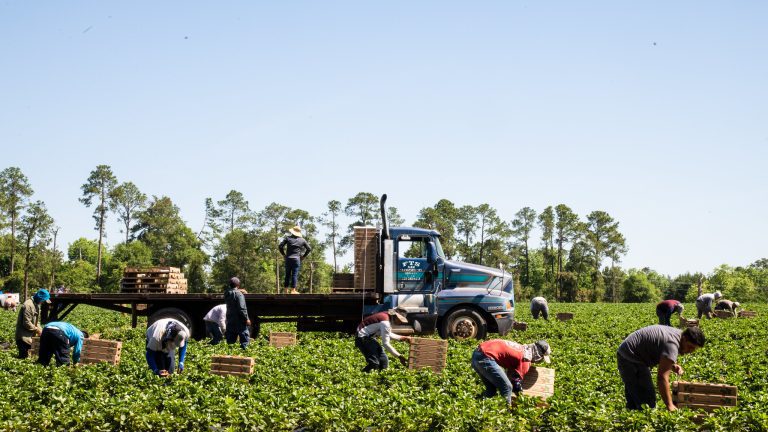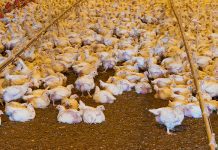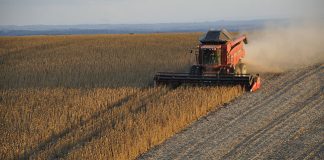
According to the agriculturedive.com, self-driving tractors and other autonomous technologies would not only be well positioned to fill the gaps, “but could also reinvigorate interest in an industry that has struggled to recruit the next generation of workers”.
Some of the major players that have emerged in the ‘autonomous revolution’ are Deere & Company and software start-up Agtonomy.
“There’s obviously struggles with labour shortages around the country, and so people are always looking at ways [of] how they can get more done in the shortest amount of time,” said Micheal Porter, the go-to-market manager for large tractors at Deere & Company.
AgricultureDive reported that Deere & Company had been using automatic steering on its tractors since the 1990s.
“This year, Deere announced its 2025 tractors will have autonomy abilities, with the goal to have a fully autonomous [maize] and [soya bean] production system by the end of the decade,” the report said.
Although there was no data on the national scale of these shortages, some US states had attempted to quantify the extent of the problem with a survey conducted in California dating as far back as 2019, finding that 56% of participating farmers had been unable to employ all the workers they needed during the previous five years.
In Kansas, research indicated that the cost of labour constraints in the state had amounted to as much as US$11,7 billion (about R207 billion).
According to Deer & Company, automation was just one aspect of farm work, which freed up workers to take on other tasks. “They’re not losing labour, they’re reprioritising the work,” Porter said.
In addition to helping alleviate labour shortages, adoption of new technology “could also create new job pathways in agriculture that fit a new generation’s interests and skills”, he added.
The US Bureau of Labor and Statistics projected that in the next 10 years, employment of agricultural equipment operators would increase faster than the average for all occupations in farming. With more of these types of jobs expected, early technology adopters were already capitalising on opportunities to expand their workers’ skill set, according to the report.
However, some experts were warning that more resources were needed to reach a full understanding of the impact that agricultural technology would have on those currently working in the industry.
In the transition to autonomous technology, “not everyone will win”, said Aaron Smith, a professor of agricultural economics at the University of California, Davis, and a leader of ethics and socio-economics at the AI Institute for Next Generation Food Systems.
“The losses will depend in part on how quickly the technological transition happens,” Smith wrote in a recent blog. “Robots are filling a gap left by missing labour, so a slow transition would mean few job losses. However, a fast transition could mean significant job losses.”













